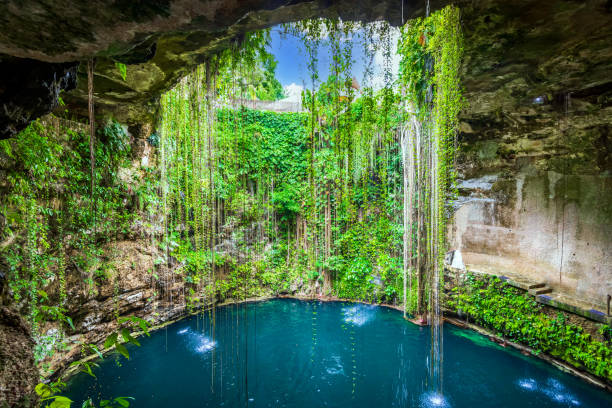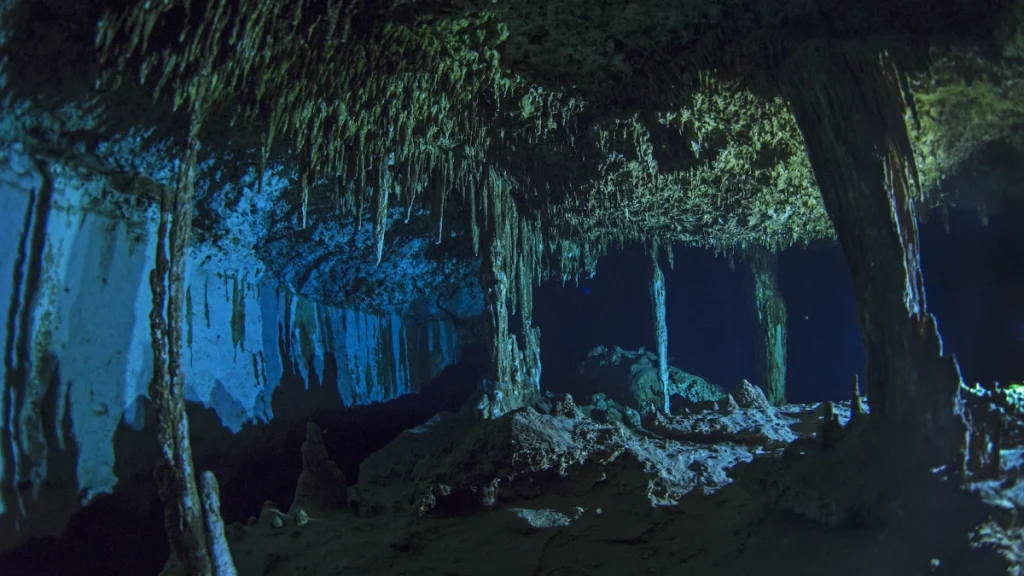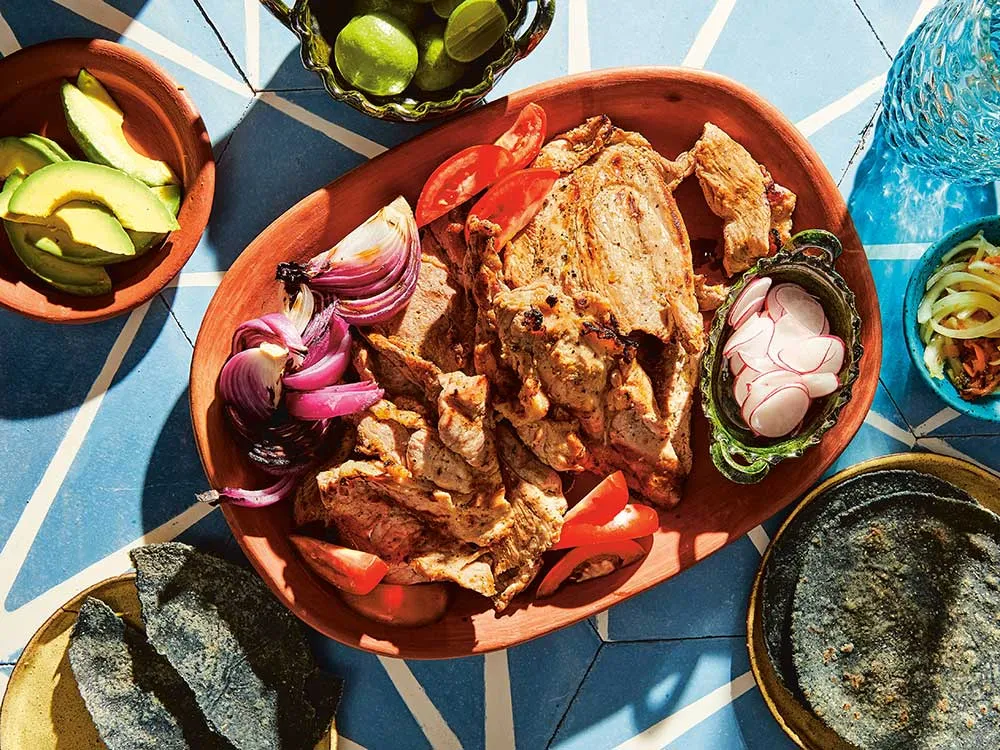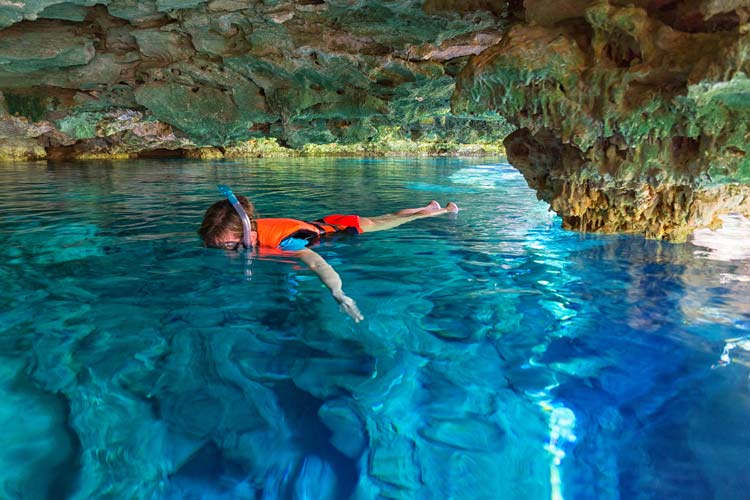Travels in Yucatán: Snorkeling and Biking the Cenotes
We visited the port of Progreso, Mexico, on day three of our five-day first voyage aboard the Norwegian Prima from Galveston. Progreso, a settlement on the Yucatan Peninsula, serves as an entry point to numerous Mayan ruins.
Norwegian’s newest class of cruise ships begins with the Prima. I went to the excursion desk and booked a bike and swim trip to the Santa Barbara Cenotes while many of my other guests opted to stay onboard and enjoy the ship’s outside decks and pools.

YUCATAN PENINSULA
The Mexican city of Progreso is located on the Yucatan Peninsula. The Gulf of Mexico and the Caribbean Sea are separated by this landmass. Riviera Maya, Cancun, and Tulum are three separate Mexican states that make up the peninsula. This territory also includes portions of Guatemala and Belize.
An asteroid crashed into Earth more than 66 million years ago, and scientists believe it hit the Yucatan Peninsula, setting off a chain reaction that ultimately led to the extinction of three-quarters of animal and plant species on Earth, our private bus tour guide told us on the way to Santa Barbara Cenotes.
We learned a lot from his explanation of how “this area looked like Swiss cheese.” Archaeologists found human and animal bones on land dating back 9,000 years, giving a link to the Ice Age.
SACRED CENOTES
There were a number of Mayan settlements found near cenotes, which are also known as “sacred wells.” The Maya considered these crevices to be conduits to the afterlife or the realm of the gods.
Divers and archaeologists have found several offerings at the bottom of cenotes, suggesting that the Maya used them for religious rites.
They worshipped Chaac in cenotes because they believed he brought rain, thunder, and lightning. This massive network of underground rivers is cleaned and filtered by rainwater and the earth.
The collapse of permeable limestone bedrock has created thousands of natural cenote swimming holes across this region of Mexico. The Riviera Maya is home to the highest number of cenotes, according to experts. They estimate over 7,000, with many more concealed.
At least 900 sinkholes make up the ‘Ring of Cenotes’ in the city of Merida. This site, at the asteroid crater’s edge, has been linked to the demise of the dinosaurs.
Locals and tourists alike can pay an admission charge to bathe in mineral-rich waters inside fascinating tunnels under a jungle-framed sky at any of the 2,200 places identified and registered so far.
TRAVELING TO CENOTES
After checking in at the Santa Barbara Cenotes facility, most of us hopped on bikes and pedaled our way through the jungle to three distinct cenotes. Some tourists opted to take the mule-drawn railway platform instead of the bike path.
CLOSED CENOTE
At the first cenote, named Cenote Casabel, a shaman gave us a blessing as we descended the slippery steps with handrails. The earth collapsed into an underwater cavern more recently in this closed-type cenote.
The cave and the deep blue sea were lit by a single, narrow beam of light. The margins of the swimming hole were made more visible by the use of artificial lighting. After ascending a set of wooden stairs, one could enter the lake with ease.
As I floated in the cool water, buoyed by my life vest, I could see that water was trickling down the cave’s walls. At the bottom of the huge chasm, little fish and plants are thriving.

SEMI-OPEN CENOTE
After a refreshing swim, we hopped back on our bikes and rode to Chacsinkin, a partially exposed cenote. Light poured through the wider crack in the ground, illuminating the magnificent stalactite formations that tapered off at the end.
Calcium salt deposits dripped from above, forming these, which hung like icicles from the limestone ceiling. At the water’s edge, the walls’ gorgeous natural yellow, orange, green, and blue colors sparkled brighter.
As I floated lazily through the clear water, I saw a representation of the four classical elements: water, earth, air, and fire. The sun’s rays reflecting off the river create a fiery dance over the imposing church walls.
OPEN CENOTES
Cenote Xooch’, our final stop before lunch, was a highlight due to its open ceiling and gorgeous turquoise water. As I floated on my back, I looked up at the sky, the puffy white clouds, the trees, and the roots.
The oldest cenotes are open cenotes, when the cave ceiling has collapsed into the water table.

AUTHENTIC CUISINE
Returning the bikes, we headed to the Santa Barbara restaurant for a Yucatan-inspired meal. There were three varieties of empanadas, as well as Poc-chuc, a regional specialty prepared with pork that has been marinated in sour orange juice.
Beans, tomato sauce, chopped onion, and tortillas round out the meal. Hard-boiled eggs are rolled up in a tortilla and then covered with verde sauce and pumpkin seeds to produce a dish called Papdzules.
The queso relleno packed with ground pork, beef, and Edam cheese was delicious. A sour lime soup with shredded chicken, lettuce, avocado, onions, and tortillas was also served.
Whether you’re visiting the Yucatan Peninsula on your own or as part of a cruise, don’t leave without spending some time in a sacred cenote. The variety of sizes and shapes they come in, the clarity of the water, and the lush tropical environment create a fascinating underwater world.




